Brianna Ganske, Beaver Dam, from the Trenton Highlights 4-H Club, wanted to show a unique breed of sheep at the Dodge County Fair. During her search efforts to find just the right breed, she fell in love with Olde English Babydoll Southdown sheep.
“Babydoll sheep are known as the “smiley breed,” said Ganske “I like them, because they’re cute and friendly.”
Ganske purchased her first two sheep in the Babydoll breed from Babydoll Acres, Wautoma, Wis. “When I started, we (with parents) purchased a spring ewe lamb (young female) and a mature ewe (adult female),” noted Ganske. “I wanted this breed cause they’re a smaller size and easier to work with. They’re also a dual-purpose breed, good for both meat and wool.” Babydoll sheep have fine wool, similar to Angora rabbit hair.
Since Ganske bought her first two Babydoll sheep two years ago, her flock has grown to six. “I’ve learned a lot and enjoy teaching others about my sheep.”
Nick Voigt, Juneau, from Lakeside Lutheran FFA, is back for his 10th year of showing sheep at the Dodge County Fair. “I really like all the work I put into getting my sheep ready and then looking back on everything I’ve accomplished,” noted Nick. All the livestock projects through 4-H and FFA are known to be very time consuming, but fulfilling; the market-lamb project is no different.
To prepare a market lamb for show, the exhibitors start when the lambs are young. “We can either buy market lambs or raise our own from breeding stock, but when we pick it out, it should weigh 30-40 pounds,” noted Ganske. Then DNA tests are conducted to confirm the identity of the lamb and officially attach that identity to the exhibitor showing it.
“We weigh in on a livestock scale in May (of the fair year) to get what we call a ‘beginning weight,’” added Voigt. “Then we work with the lambs all summer long feeding just the right ration for good health and weight gain and exercising them a lot to teach them how to show — sheep are very stubborn, which results in even more work.”
After checking in on Tuesday before the Dodge County Fair, weight is calculated, again. “The sheep are weighed to determine the class they’re in. Sheep have to make a minimum weight of at least 95 pounds. They’re also graded for meat quality.”
In the show ring, the judge is looking for specific features in a market lamb. They have to be just the right size and scale, long, and heavy boned. The judge also wants to see an abundance of muscling, including heavy-muscled legs and loin.
In addition to showing, the exhibitors have to meet other requirements as part of the sheep project. “We have to attend five educational meetings and sale meetings, as well as participate in activities to earn points.” If exhibitors meet a variety of requirements, they can sell their market lamb in the market sale on Thursday evening of the fair.
Voigt has eight sheep at the fair this year. Two are market lambs, but only one can qualify to be sold. Six of his sheep are breeding stock, including ewes (females) and rams (males). “To show my purebred breeding stock, I have to have official registration papers showing their bloodlines.”
Both Ganske and Voigt are more than willing to visit with fairgoers about their sheep projects, including their breeding stock and market lambs. Those interested can find them in the sheep barn, which is located between the pig and poultry barns.
The Dodge County Fair continues through Sunday, Aug. 19, 2018.
Written by Dori Lichty — farm wife, 4-H Mom, and full-time communicator
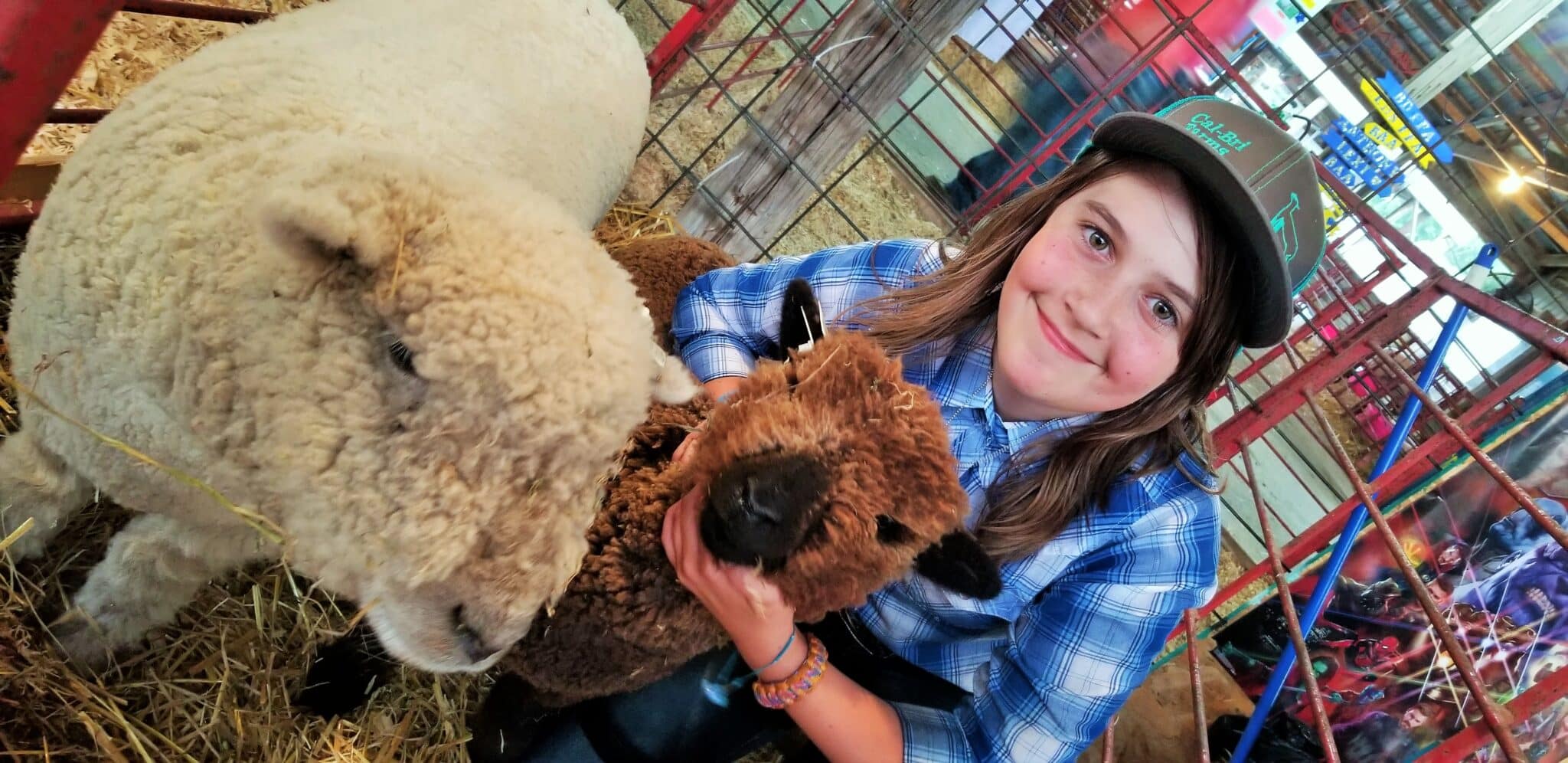
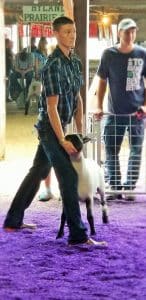
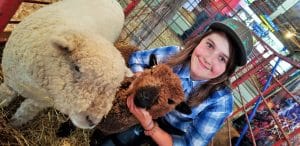
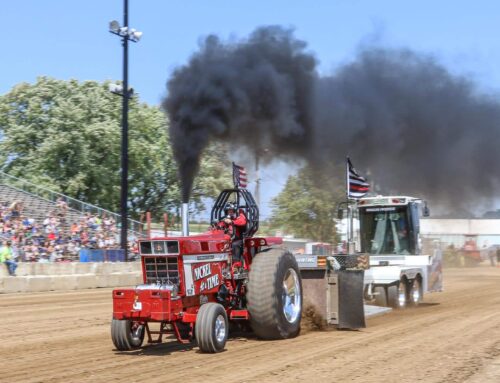
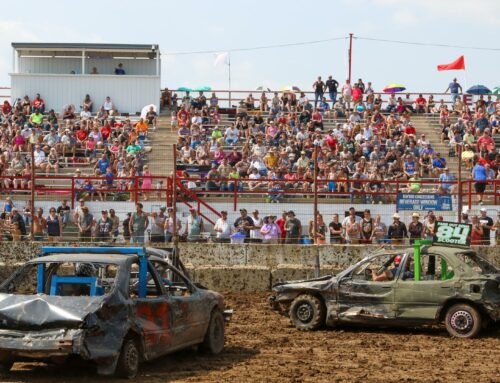
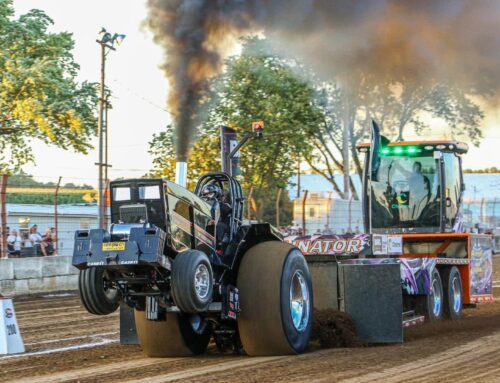

Leave A Comment